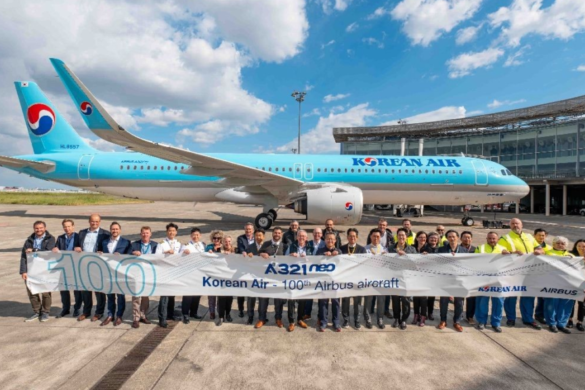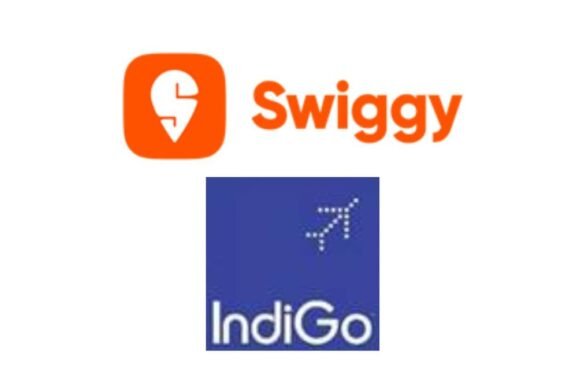As air travel continues to rebound globally, the demand for connectivity between the United States and India remains robust. However, despite the increasing number of travelers seeking to journey between these two countries, significant gaps exist in direct flight options. A recent analysis has identified ten of the largest unserved routes from the USA to India, which collectively represent a staggering potential of over 900,000 passengers annually.
The demand for air travel between the USA and India is fueled by a mix of business, tourism, and family visits. The Indian diaspora in the United States is one of the largest immigrant communities, with millions of people traveling back and forth for personal and professional reasons. Additionally, India has become a hub for various industries, including technology, healthcare, and education, further contributing to the rising demand for direct flights. Despite this demand, certain key routes remain unserved, forcing travelers to rely on connecting flights that often involve lengthy layovers and increased travel times. The absence of direct services on these high-demand routes represents a significant opportunity for airlines to expand their networks and cater to the needs of passengers seeking more convenient travel options.
Among the ten largest unserved routes, some notable examples include San Francisco to Bengaluru, where a thriving tech industry and numerous multinational corporations make this route promising. The absence of direct flights requires travelers to connect through other major cities, which can be time-consuming. Chicago to Hyderabad is another route with immense potential, given the significant Indian population in Chicago and the city’s business ties with Hyderabad. Likewise, Los Angeles to Chennai has considerable demand, as LAX sees a volume of travelers seeking connections to India. Direct flights to Chennai would greatly enhance travel convenience for passengers heading to southern India. Newark to Ahmedabad is also a notable route, as Newark serves as a major international gateway with a large Gujarati community in the USA. The demand for direct services is evident, especially during peak travel seasons. Lastly, Washington D.C. to Pune has seen growing travel demand due to Pune’s reputation as an educational and technological hub, but travelers must currently connect through Mumbai, leading to longer journey times.
The reasons for the absence of direct flights on these lucrative routes are multifaceted. One significant factor is the limited availability of aircraft capable of operating long-haul routes. Airlines may also be hesitant to launch new services due to concerns about profitability, competition from existing routes, and regulatory hurdles. Additionally, the air travel landscape has changed dramatically in recent years, especially following the COVID-19 pandemic. Airlines are still in the process of rebuilding their networks, and the focus on operational efficiency has led to cautious expansion strategies. The challenges of securing landing rights at congested airports can also pose obstacles to new routes being established.
The unserved routes present both challenges and opportunities for airlines. For carriers looking to expand their international networks, these routes represent a chance to tap into a significant and growing market. By launching direct flights, airlines can reduce travel times, increase passenger convenience, and potentially enhance their revenue streams. For travelers, the introduction of direct services would be a game-changer, allowing them to avoid long layovers and connecting flights. Enhanced connectivity would make travel more appealing and accessible, promoting cultural exchange and business opportunities between the two countries.
As the demand for air travel between the USA and India continues to grow, addressing the gaps in direct flight services is essential. The examination of the ten largest unserved routes highlights a significant opportunity for airlines to expand their networks and meet the needs of travelers. By recognizing the potential for direct flights on these lucrative routes, airlines can play a pivotal role in enhancing connectivity and fostering closer ties between the two nations. As the aviation industry works towards recovery and growth, the time may be ripe for carriers to seize this opportunity and expand their service offerings to better serve the burgeoning demand for travel between the USA and India.



